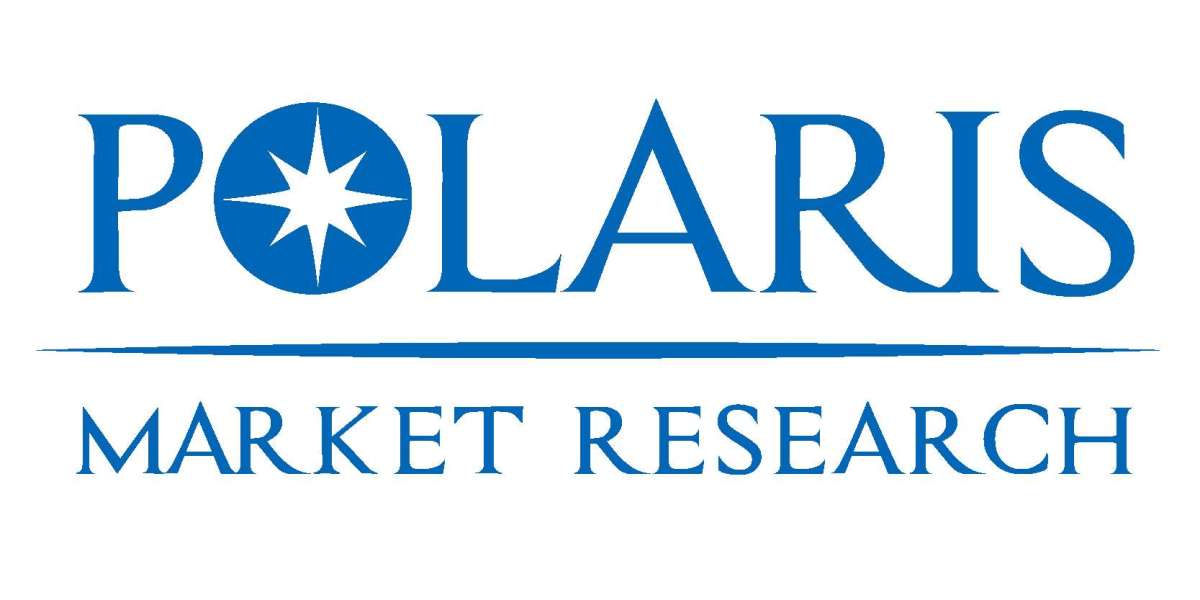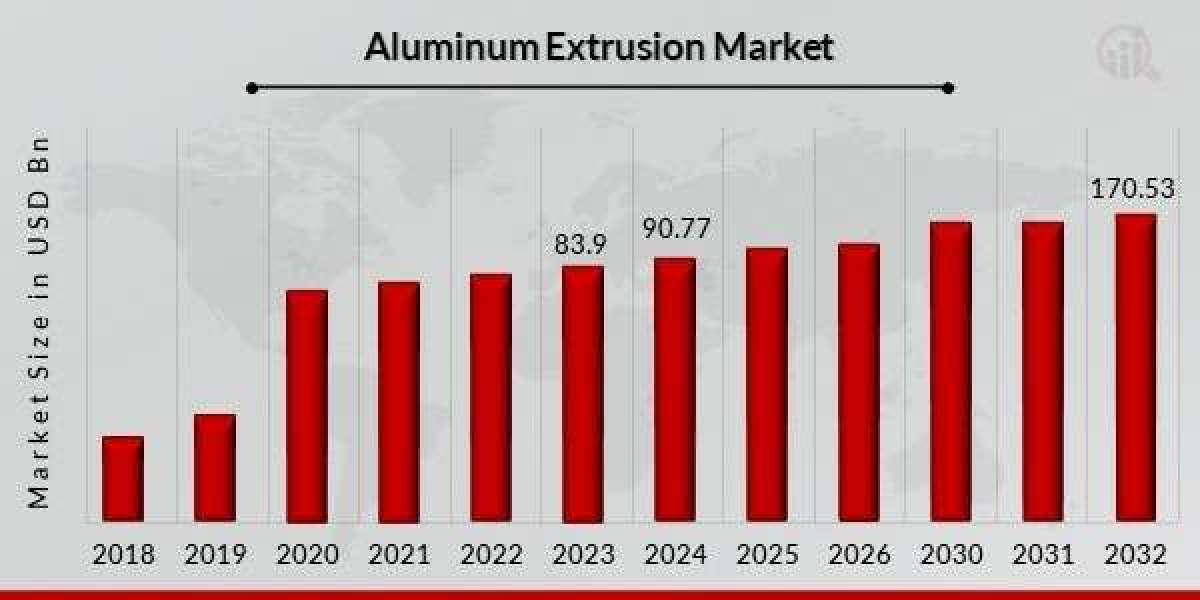Market Overview
The global deepfake AI market is witnessing an exponential surge, having been valued at USD 794.55 million in 2024, and projected to soar to USD 25,495.16 million by 2034, expanding at an astounding CAGR of 41.5% from 2025 to 2034. This meteoric rise underscores how synthetic media generation—particularly the use of deep learning algorithms to manipulate audio, video, and images—has moved from niche applications to mainstream industry disruption.
Deepfake AI, initially developed for entertainment and academic research, is now being rapidly adopted across industries such as media and entertainment, marketing, defense, finance, and cybersecurity. While the technology holds vast creative potential, it also presents significant ethical and security risks, prompting a dual-track development of innovative applications and advanced detection mechanisms.
Key Growth Drivers
- Expansion of Synthetic Media in Entertainment and Marketing
Deepfake AI is revolutionizing how media content is created and consumed. From real-time voice synthesis to hyper-realistic avatar creation, companies are using deepfake tech to enhance visual storytelling, bring historical figures back to life in documentaries, or even localize advertisements with digitally altered celebrities. These tools help studios and brands cut production costs, accelerate delivery times, and improve audience engagement.
- Rising Threat of Digital Impersonation and Fraud
With the proliferation of deepfake-based phishing and identity theft, enterprises are urgently investing in deepfake detection systems. Financial institutions and governments are deploying biometric voice and facial recognition systems fortified with AI to counter identity spoofing threats, bolstering market growth on the security side.
- Integration with Cloud and Edge AI Infrastructure
The cloudification of AI capabilities through platforms such as AWS, Microsoft Azure, and Google Cloud is accelerating the deployment of deepfake creation and detection tools. As businesses demand scalable, API-based synthetic media generation and analysis tools, vendors are offering AI-as-a-Service (AIaaS) models tailored for video analytics, real-time facial animation, and voice modulation.
- Government Regulations and Ethical AI Initiatives
While the misuse of deepfakes raises valid concerns, it has also prompted action. Regulatory frameworks like the EU AI Act and U.S. federal legislation are encouraging responsible innovation. Public-private partnerships are funding research into synthetic media watermarking, content authentication frameworks, and ethical AI deployment, further legitimizing the market.
Explore The Complete Comprehensive Report Here:
https://www.polarismarketresearch.com/industry-analysis/deepfake-ai-market
Market Segmentation
The deepfake AI market can be segmented by component, application, technology, and end-user industry.
By Component
- Software: Deepfake generation tools, video synthesis platforms, deep learning frameworks.
- Services: Deepfake detection services, forensic analysis, consulting and compliance.
Software dominates the current market, but the services segment is expected to grow at the highest CAGR due to increasing demand for detection, monitoring, and forensic analysis.
By Application
- Video and Image Synthesis
- Voice Cloning and Audio Manipulation
- Digital Avatar Creation
- Content Personalization
- Cybersecurity and Fraud Detection
Video and image synthesis hold the largest share, driven by content creators and production houses. However, cybersecurity and fraud detection applications are expected to grow fastest, given rising concerns around digital trust.
By Technology
- Generative Adversarial Networks (GANs)
- Autoencoders
- Reinforcement Learning
- Transformer Models
GANs are the backbone of most deepfake systems and continue to evolve with higher resolution, faster rendering, and more realistic output. Emerging transformer-based models are being increasingly deployed for audio and text manipulation.
By End-User Industry
- Media and Entertainment
- Advertising and Marketing
- Banking and Financial Services
- Defense and Intelligence
- Telecommunications
- Legal and Law Enforcement
Media and entertainment leads the market in 2024, but banking, defense, and law enforcement are expected to become major stakeholders by the end of the forecast period.
Regional Analysis
North America
North America holds the largest market share, accounting for over 40% of global revenue in 2024. This dominance is supported by:
- Presence of tech giants like Google, Microsoft, Intel, AWS, and startups like Veritone.
- Federal research investments in AI ethics, deepfake detection, and media authentication.
- Growing concern over election integrity, financial fraud, and cyber warfare.
The U.S. is a pioneer in both synthetic media generation and counter-deepfake tech, supported by collaborations between academia, government, and private sector entities.
Europe
Europe is leading in regulatory frameworks, with the Digital Services Act and AI Act introducing strict guidelines on the creation and dissemination of synthetic content. Countries like Germany, France, and the UK are investing in AI-driven compliance tools and media transparency initiatives.
Asia-Pacific
The fastest-growing region, Asia-Pacific is experiencing a deepfake boom in both creative content and cybercrime. China, Japan, and South Korea are at the forefront of innovation, with several AI unicorns building deepfake platforms for gaming, social media, and education. However, the region also faces challenges in misinformation control, driving demand for AI verification tools.
Latin America and Middle East & Africa (MEA)
These emerging regions are witnessing growing awareness of deepfake technologies. Countries like Brazil and the UAE are investing in digital identity security and using deepfake tech in e-learning and entertainment. However, limited regulatory clarity and infrastructure may restrict immediate adoption rates.
Key Companies in the Deepfake AI Market
The competitive landscape of the deepfake AI market is a mix of tech titans, cybersecurity firms, forensic consultants, and niche AI startups. Innovation, ethical compliance, and scalability remain the primary differentiators.
Key Players:
- Microsoft
Invests in deepfake detection tools like Video Authenticator, used to analyze photos and videos for signs of manipulation. Deeply integrated into the enterprise and cloud ecosystem. - Google
Conducts AI research through DeepMind and offers open-source deepfake datasets to support global detection initiatives. Also provides Cloud AI services that can create and detect synthetic media. - Amazon Web Services (AWS)
Offers scalable cloud-based infrastructure for real-time video processing, deep learning, and synthetic voice generation. Partners with third-party AI tools for enterprise-level deployment. - Intel Corporation
Focuses on edge AI and hardware acceleration of deepfake detection using CPUs and AI-optimized chipsets. Collaborates with universities for real-time content authentication solutions. - Veritone
Provides AI-powered media analytics and voice cloning platforms, enabling media agencies and broadcasters to automate dubbing and content translation using synthetic voices. - Cogito Tech
A leading AI data annotation firm that supports training of deepfake models and counter-measures through high-quality datasets. Powers multiple forensic and verification platforms. - McAfee
Offers enterprise-grade cybersecurity tools capable of flagging deepfake-enabled phishing and social engineering attacks. - Primeau Forensics
Specializes in video and audio forensics, offering deepfake analysis services to law enforcement and legal professionals. - Kairos
Known for its facial recognition algorithms, Kairos has developed anti-deepfake protocols for financial institutions and smart city surveillance. - ValidSoft
Provides voice biometrics and anti-impersonation technologies, especially tailored for call centers and mobile authentication environments.
LSI Keywords Used in Context:
- Synthetic media technology
- Facial recognition software
- AI-generated content
- Deepfake detection solutions
Conclusion
The global deepfake AI market is entering a transformative era, driven by its dual capabilities to entertain and deceive. As industries explore its creative potential, the imperative to safeguard against malicious use is growing in equal measure.
With regulatory clarity emerging, and enterprise demand for synthetic content tools and detection systems skyrocketing, the next decade will likely see deepfake AI embedded in everything from Hollywood films to fraud prevention software.
The companies that innovate responsibly, collaborate globally, and build trust through transparency will be best positioned to dominate this high-growth market. As deepfake AI becomes more ubiquitous, the line between real and fake will blur—making detection, authentication, and ethical use the bedrock of this revolutionary technology's future.
More Trending Latest Reports By Polaris Market Research:
Optical Coherence Tomography (Oct) Market
Optical Coherence Tomography (Oct) Market
Hydrogen Fueling Station Market



